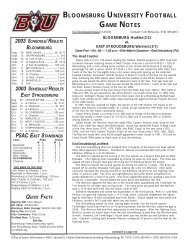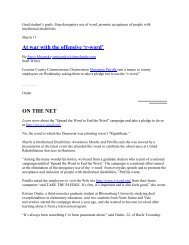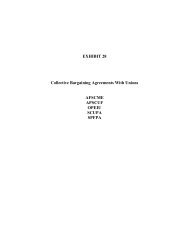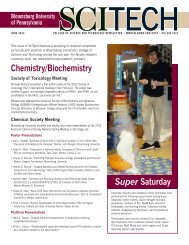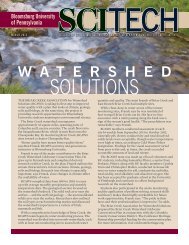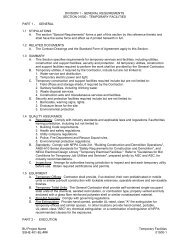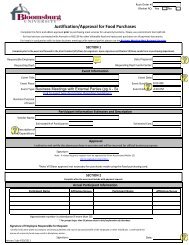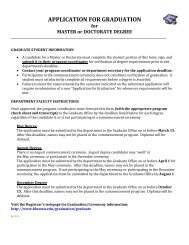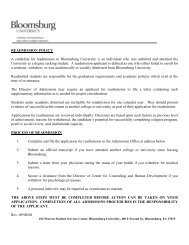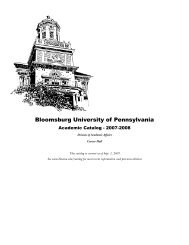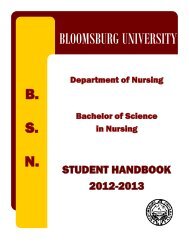Human Rights at Home and Abroad: Past, Present, and Future
Human Rights at Home and Abroad: Past, Present, and Future
Human Rights at Home and Abroad: Past, Present, and Future
Create successful ePaper yourself
Turn your PDF publications into a flip-book with our unique Google optimized e-Paper software.
are not being received as a result of identific<strong>at</strong>ion problems of the f<strong>at</strong>her, p<strong>at</strong>ernity tests must be<br />
performed in order to determine who must make the child support payments.<br />
An additional requirement is based on the value of the recipient‘s resources. A few examples of a<br />
recipient‘s resources include: bonds/stocks, checking accounts, <strong>and</strong> savings accounts. These resources<br />
must have a value of less than $1,000. Finally, the last requirement needed to determine eligibility of<br />
TANF is the reporting of income. All income must be reported including: wages from employment,<br />
child support payments, miscellaneous winnings, unemployment benefits, Social Security payments, <strong>and</strong><br />
interest received (PA Department of Public Welfare).<br />
All of the requirements mentioned above must be completed <strong>and</strong> proper document<strong>at</strong>ion must<br />
support the inform<strong>at</strong>ion. The United St<strong>at</strong>es has tried to lower welfare fraud through this list of<br />
requirements, but U.S. citizens continue to abuse the welfare system.<br />
Misuses of Welfare Programs<br />
Welfare fraud refers to the intentional misuses of various st<strong>at</strong>e funded welfare programs by<br />
acquiring benefits th<strong>at</strong> are undeserved of the recipient. These misuses can be withholding inform<strong>at</strong>ion or<br />
providing inaccur<strong>at</strong>e or false inform<strong>at</strong>ion to receive benefits. The most common types of welfare fraud are<br />
failure to report additional income, failure to disclose inform<strong>at</strong>ion regarding household members, or<br />
supplying false inform<strong>at</strong>ion about an inability to work. Some cases have exposed people to contriving an<br />
illness or injury to receive extra benefits.<br />
A few real-life examples are from a woman named Dorothy Woods. She was jailed on 12 counts<br />
of welfare fraud <strong>and</strong> collected over $300,000 by claiming 38 non-existent children. Another woman,<br />
Barbara Williams, had collected over $239,000 in fraudulent benefits. She was jailed for eight years<br />
(Wh<strong>at</strong> Is Welfare Fraud?, 2009).<br />
In 2006, Pennsylvania conducted an 18-month audit on the Department of Public Welfare's<br />
special-allowance program. The auditors reviewed a r<strong>and</strong>om sample of 3,201 payments, of which 45% of<br />
10




